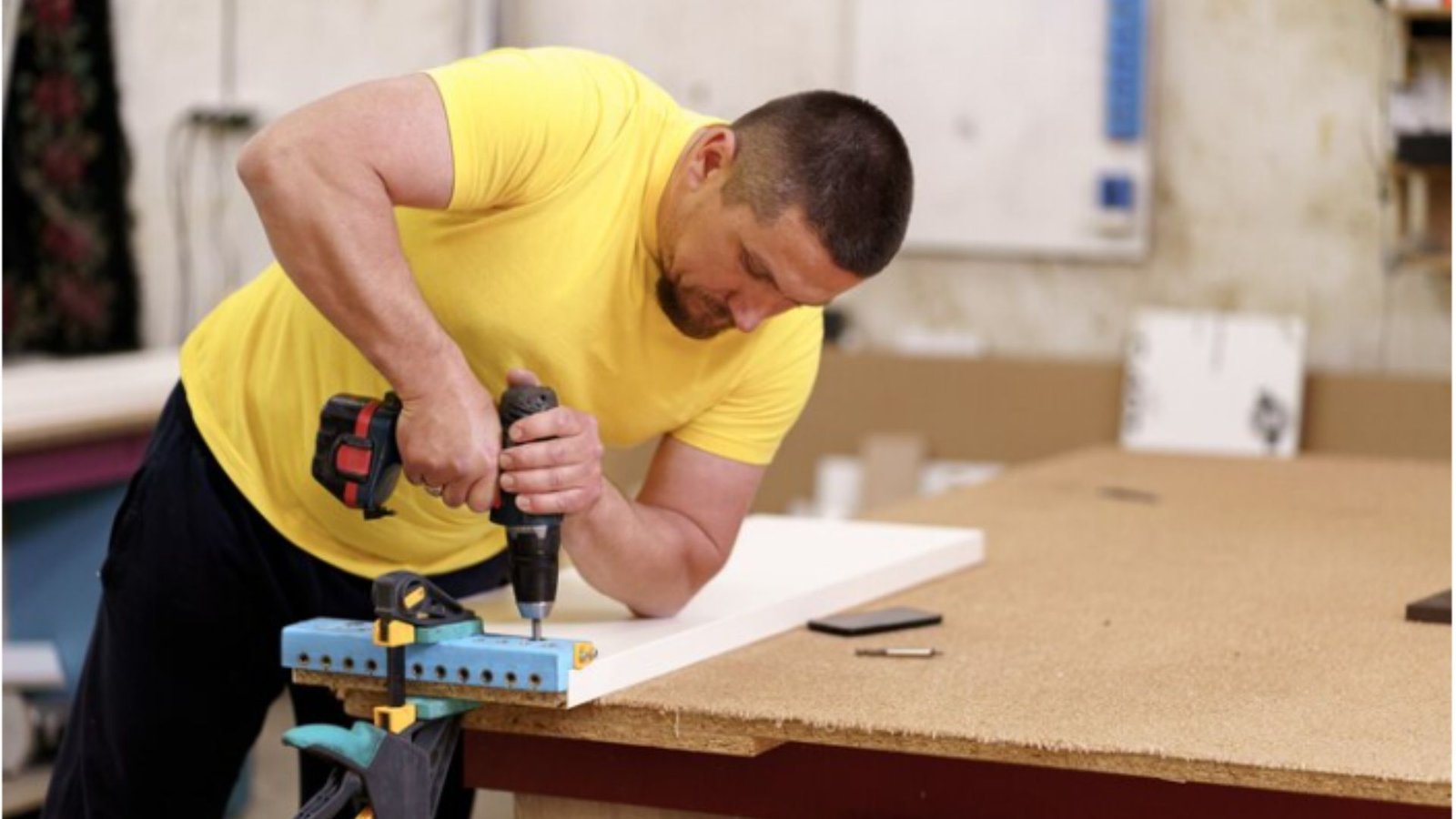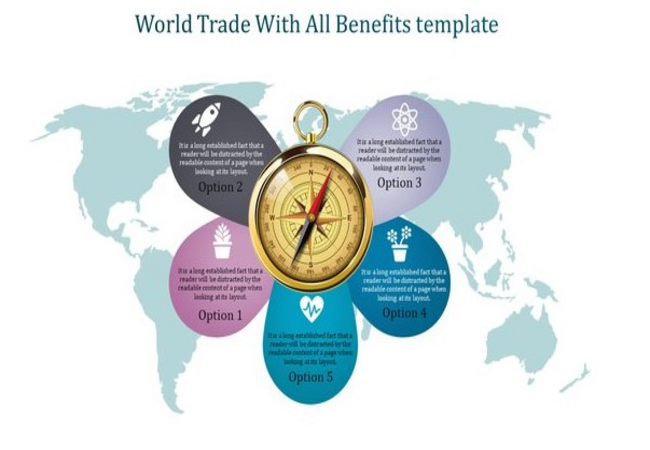A Deep Dive Into the Manufacturing Process of Foam Boards

Foam boards, often referred to as foam core boards in the UK, are lightweight panels consisting of a foam centre to whom outer layers of paper or plastic surround. Due to their versatility, strength, and lightweight nature, one can use them extensively in the arts, graphic designs, and even construction.
Have you ever wondered how these handy materials are created? Let’s take a deep dive into the manufacturing process of foam boards.
1. Raw Material Selection
The manufacturing process begins with the careful selection of raw materials. The central foam part typically consists of polystyrene or polyurethane foam with which mobile covers made. However, This choice depends on the desired properties of the final product. For example, polystyrene is perfect for its rigidity and durability, while some prefer polyurethane for its flexibility.
One can make the outer layers with various materials, but most commonly, they consist of coated or uncoated paper or plastic sheets. Furthermore, The coatings might include clay or other materials that give the outer surface a smooth finish, perfect for printing or mounting.
2. Preparing the Foam
The creation of the foam itself is a fascinating process. It involves the expansion of polystyrene or polyurethane beads or liquid. In the case of polystyrene beads, they are pre-expanded by using steam. This causes them to increase in volume up to 50 times their original size! Once expanded, the beads are left to stabilise and age for a short period.
3. Moulding the Foam
Once stabilised, the beads are transferred to a mould. Here, they goes through steam again, causing them to expand further and fuse together. In addition, This forms a solid block of foam. For polyurethane foam, one can pour a liquid mixture into moulds and allows to rise and set, forming large blocks of foam.
4. Cutting to Desired Thickness
These large blocks of foam are then cut to the desired thickness using hot wire cutters or specialised blades. So, The precision of this step is paramount, ensuring that the foam sheets are uniform and of the required size for the final foam board product.
5. Adhering the Outer Layers
The next step involves bonding the outer layers to the foam sheets. Depending on the type of outer layer and the intended use of the foam board, different adhesives might be used. For instance, a more permanent and resilient adhesive is used for foam boards meant for construction, while a less aggressive adhesive might be used for arts and crafts applications.

The outer layers, whether they’re paper or plastic, are fed from large rolls. The foam sheet and the outer layers are passed through a laminating machine, where they are pressed together, ensuring a smooth and bubble-free finish.
6. Final Quality Checks and Cutting
After lamination, the foam boards undergo rigorous quality checks. This ensures that there are no imperfections and the bonding between the foam and the outer layers is secure.
Following these checks, the foam boards are cut to their final size. This can range from large sheets for construction purposes to smaller, more manageable sizes for arts and crafts or graphic design projects.
7. Packaging and Distribution
Finally, the foam boards are packaged and ready for distribution. The packaging ensures that the boards are protected from moisture, dust, and other potential damages. They are then shipped to various distributors and retailers, where they can be purchased for a myriad of applications.
Conclusion
The manufacturing process of foam boards is a combination of technological advancements and meticulous quality checks. Each step is calibrated to produce a product that is lightweight, durable, and versatile.
The next time you come across a foam board, whether it’s for a school project, a professional presentation, or even in a building structure, you’ll have a greater appreciation for what goes into making it.
And if you’re ever curious to delve even deeper into the intricacies of this process, don’t hesitate to find out more from industry experts and manufacturers.

